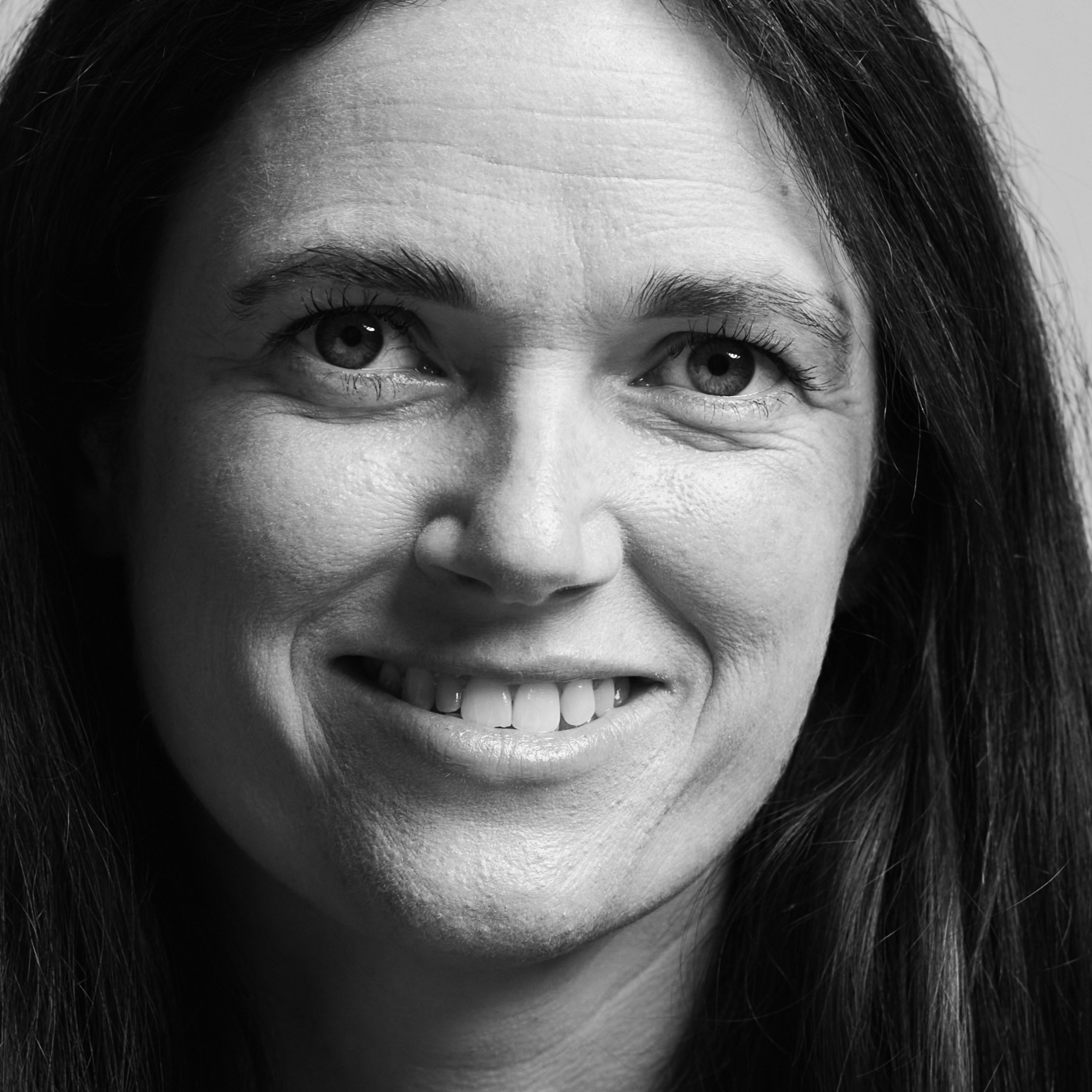The gender pay gap has become a hot topic in the media and political worlds, but a quieter crisis is growing in its shadow: the gender pension gap.
For women, the journey to retirement can often be more fragmented, complicated and less financially rewarding. Career breaks, caring responsibilities, and part-time work play a significant part, but these can be compounded by lower financial confidence and a lack of planning for future key milestones.
Depending on which report you read, there appears to be somewhere between a seven-to-11-point gap in women’s confidence in financial numeracy compared to men’s.
What’s more, Aegon’s financial wellbeing index found that while 61% of men report being on top of their long-term finances, only 36% of women feel the same.
It’s not just confidence, though. According to the Chartered Insurance Institute’s (CII) Insuring Women’s Futures research, a typical 65-year-old woman has a pension pot of just £35,800 – a mere fifth of the average pension for men of the same age. The longer average life expectancy for women exacerbates the situation further meaning less has to provide more.
Role of advisers
For financial advisers, the gender pension gap presents both a warning sign and a call to action.
Understanding the root causes and the role we can play in bridging the gap is critical to providing better outcomes for our clients.
At the core of this disparity is the reality that women often experience a more complicated financial journey compared to men.
According to a report by the network Business in the Community, in working families, ‘…women are eight times more likely to play the primary role in caring for children and are one and a half times more likely to take the lead in caring for adults’.
This leads to an increased likelihood of women taking career breaks, which can significantly impact their financial outcomes.
The AJ Bell Money Matters report reveals that 39% of women, compared to only 17% of men, took a career break lasting five years or more. These breaks are often taken to care for children or elderly relatives, making them one of the most significant financial barriers for women. In fact, 41% of women in the report felt that taking time out from their careers had a negative impact on their long-term financial stability.
Despite progress with flexible working options and increased government support for childcare, women continue to shoulder the bulk of unpaid care responsibilities.
Childcare, in particular, remains one of the most significant financial burdens for many families, and women are often the ones most affected. A significant number of women report that the responsibility for childcare falls disproportionately on them, putting additional strain on their finances.
Career breaks
While auto-enrolment into workplace pensions has helped increase participation in retirement savings, career breaks or changes in working patterns often result in women losing the opportunity to make meaningful pension contributions.
During a career break, pension contributions are likely to cease entirely, meaning women miss out on the long-term benefits of compound growth. Even small, consistent contributions to a pension can grow exponentially over time, but these benefits are significantly diminished if contributions are interrupted.
The result is that, for many women, it becomes much harder to make up for these gaps later on, widening the gender pension gap even further.
For many women, the decision to return to work after a career break is not as simple as stepping back into their previous roles.
According to the results of the British Chambers of Commerce survey in 2023, 67% of women felt that childcare duties in the past decade had cost them progression at work, including pay rises, promotions and career development.
All of these factors contribute to fewer opportunities to boost pension contributions, leaving women further behind in saving for retirement. A report from the independent think tank the Resolution Foundation found that 20% of mothers who are already employed would like to take on more work, but the high cost of childcare was a barrier.
Pension contributions made to workplace plans are linked to earnings and in order to qualify for auto-enrolment, an employee needs to earn at least £10,000. On earnings over this threshold having reduced working hours not only impacts the amount someone will contribute by default (and potentially be able to afford), it also reduces the employer contributions received.
These pension gaps are amplified by the fact that women who take career breaks may also experience disruptions in their National Insurance records, especially if they’re not claiming state benefits that provide National Insurance credits. This can lead to lower state pension entitlements, further widening the disparity in retirement savings between men and women.
The financial toll of career breaks and caregiving responsibilities is reflected in women’s savings. On average, women in their 30s have just £1,000 in savings.
For women with children, the situation becomes even more challenging. Women with three or more children typically have savings ranging from £100 to £300, leaving them highly vulnerable to financial insecurity in both the short and long term.
This lack of savings makes it difficult for women to carry out meaningful financial planning to help secure a comfortable financial future, particularly when it comes to retirement, and financial decisions will likely instead be made out of necessity with a shorter-term focus.
According to the CII’s Insuring Women’s Futures research a quarter of 30–34-year-olds cohabit and 46% of people do not realise that cohabitees have different legal rights to married couples. This lack of awareness can clearly have serious financial consequences, particularly where financial sacrifices are made in anticipation of assumed financial security in future. Moreover, 31% of women (higher for the millennial generation) do not know whether their partner’s pension is payable to them on death. This highlights the importance of having transparent conversations about financial planning and considering legal protections.
These risks do not just apply to cohabiting couples, as research from Stowe Family Law found that of cases where financial orders are made, only 12% contain a pension sharing order. There are a number of reasons for this, two main ones being the complexities associated with pensions and the true value of pensions not being fully understood, particularly where no legal representation is sought.
Confidence gap
Beyond the structural barriers that contribute to the gender pension gap, there is also a psychological factor at play: the confidence gap. As mentioned previously, research consistently shows that women tend to be less confident than men when it comes to managing long-term finances and making investment decisions. AJ Bell found recently that 48% of women were uncomfortable with any kind of investment losses. This lack of confidence can have long-term consequences for their retirement planning. While caution is not inherently negative, it may limit opportunities to grow wealth and secure a comfortable retirement.
So, what does this all mean for financial service professionals? Quite simply: the gender pension gap isn’t just a social issue — it’s a financial one, and one that advisers are uniquely placed to influence. From encouraging early pension engagement, to helping navigate and plan for the financial impacts of career breaks, there are practical, proactive steps we can take.
Advisers can also crucially open up conversations to ensure transparency and equitability in financial planning within families, as well as help enable more women to have agency over their financial plan. We can help achieve this by building financial confidence where needed, developing knowledge on investment risk and ensuring that all perspectives are considered and a holistic approach is adopted in the creation of that plan.
It is critical that more advisers engage with fully understanding the intricacies that women may face financially and how best to achieve good outcomes for all our clients.
It’s time we move from awareness to action because when we help to plan more equitably and close the gap in confidence, contribution and understanding, we will help more women achieve financial freedom and help to close the pension gender gap too.
Read another of Olivia’s recent pieces here: Women and wealth: A new era of financial empowerment?









